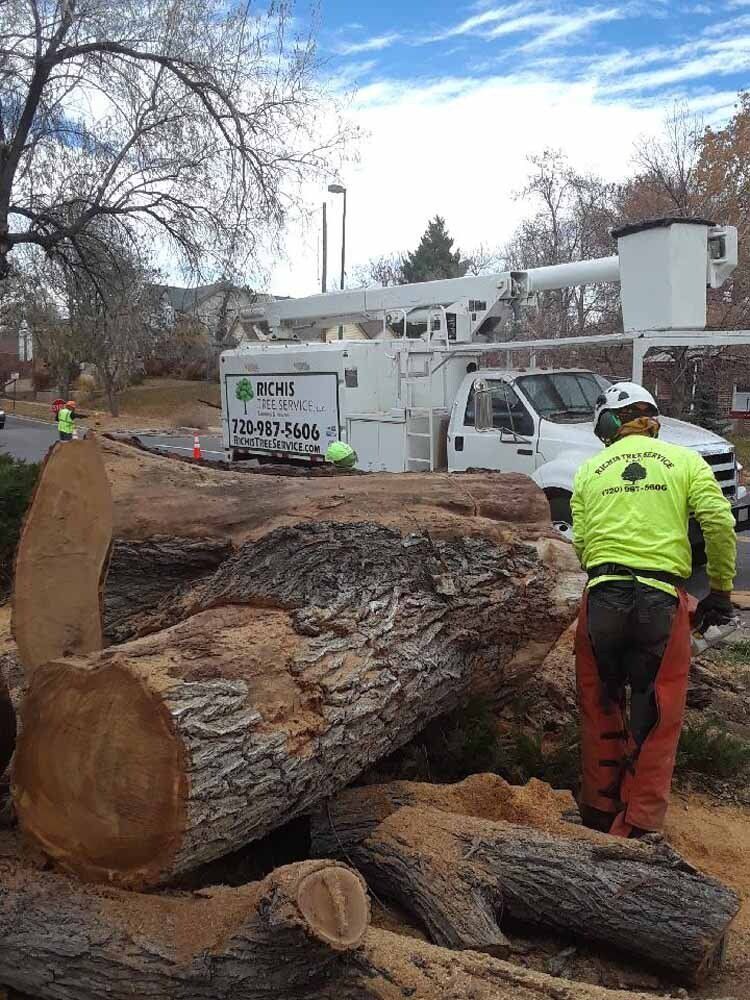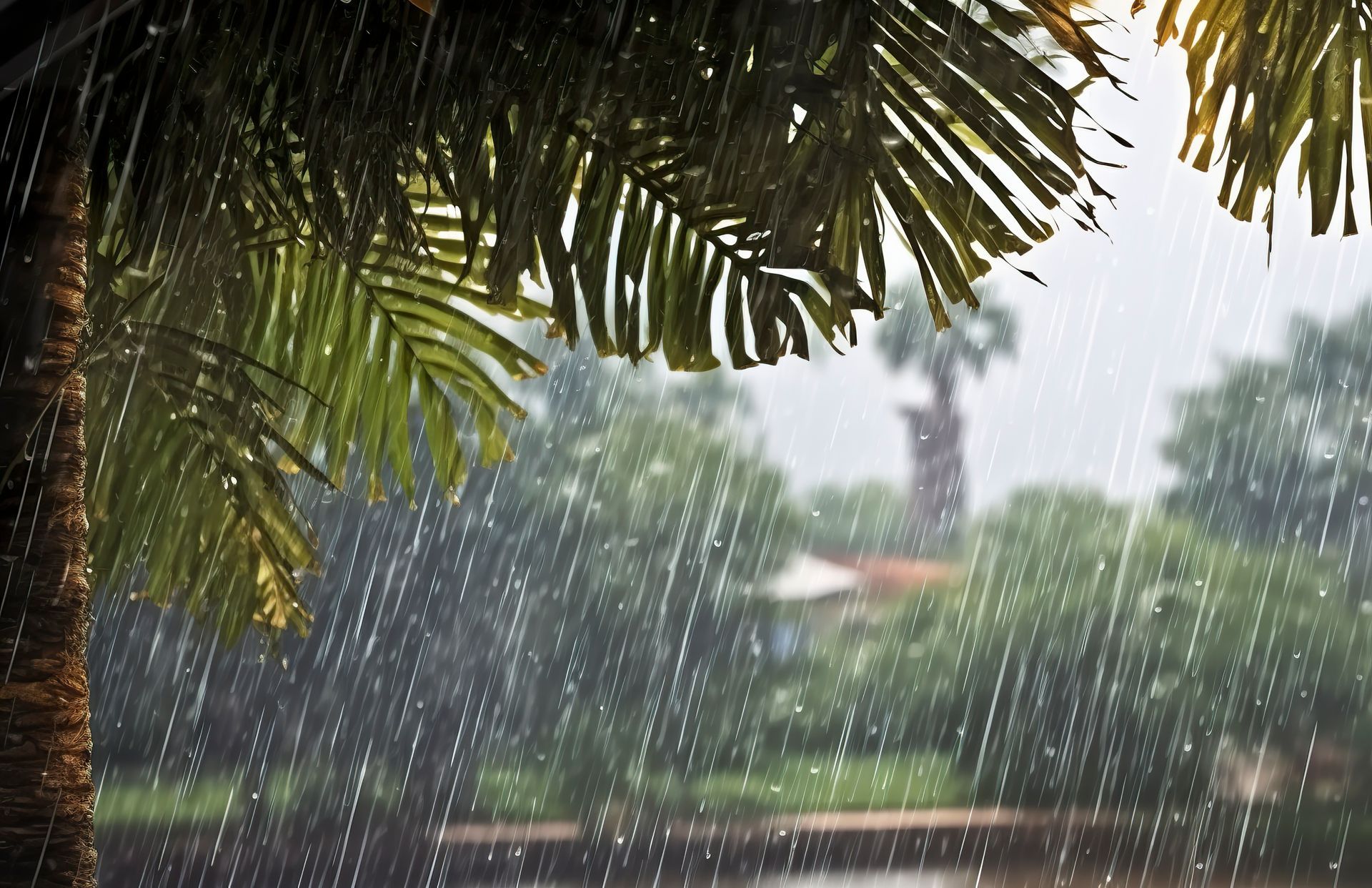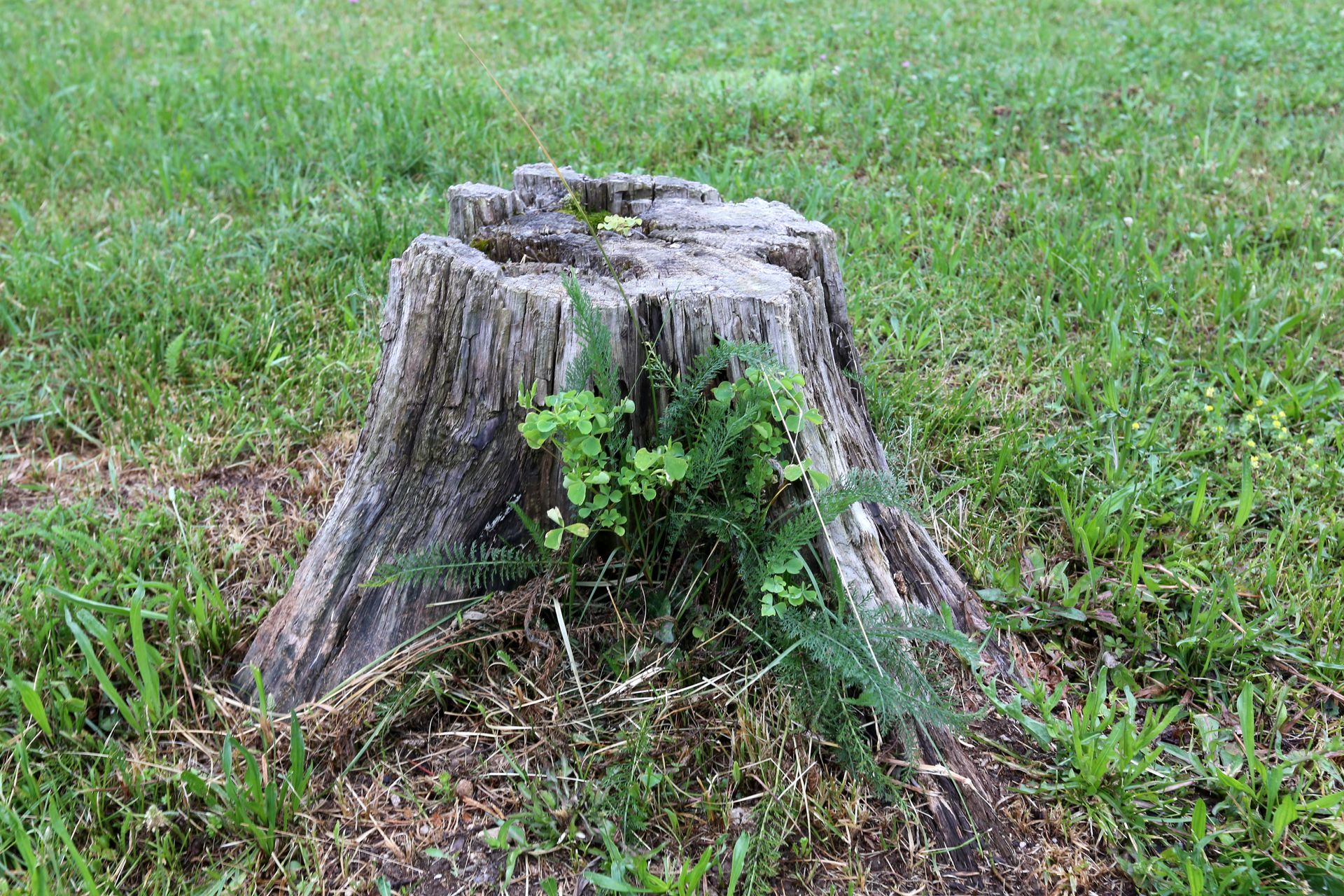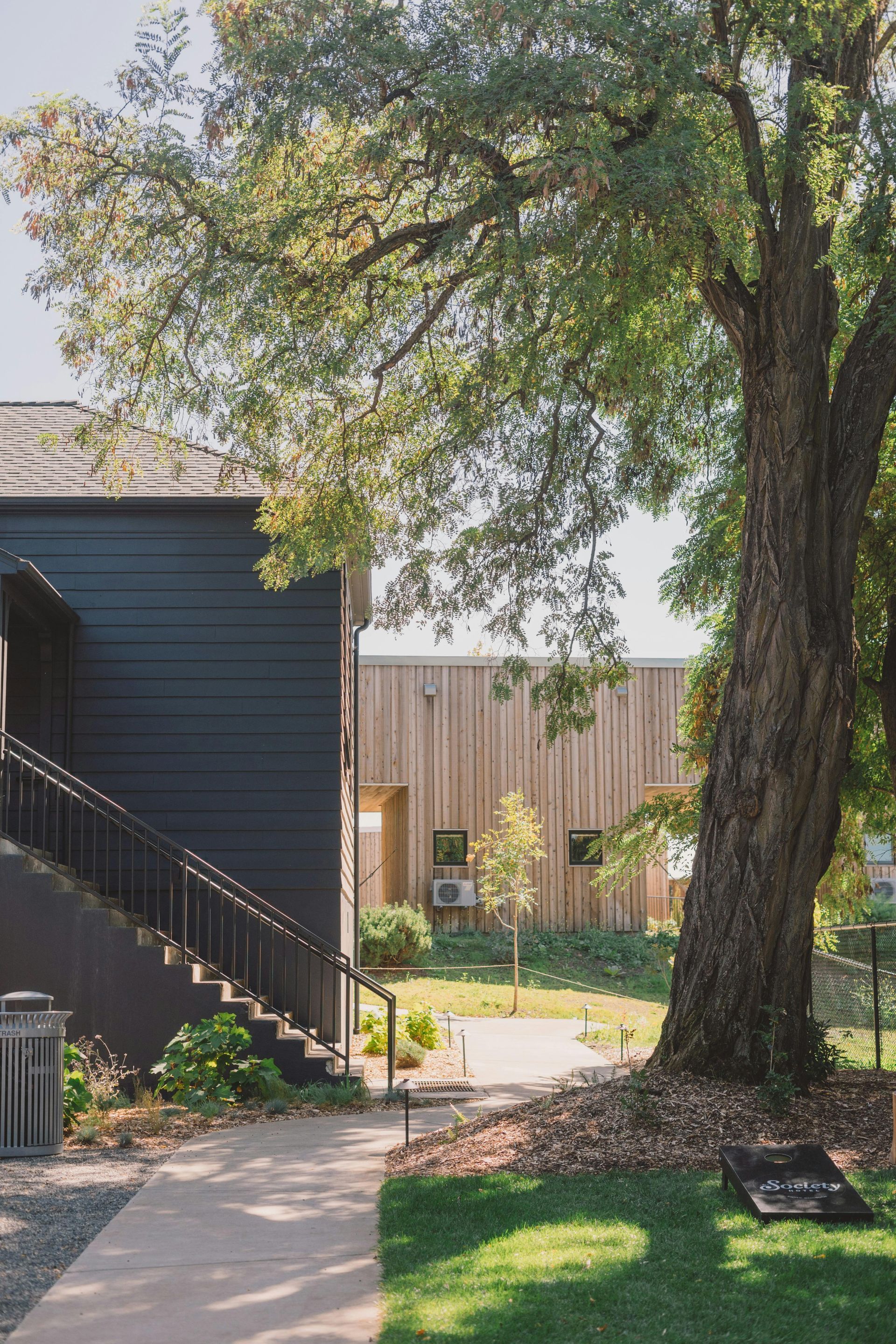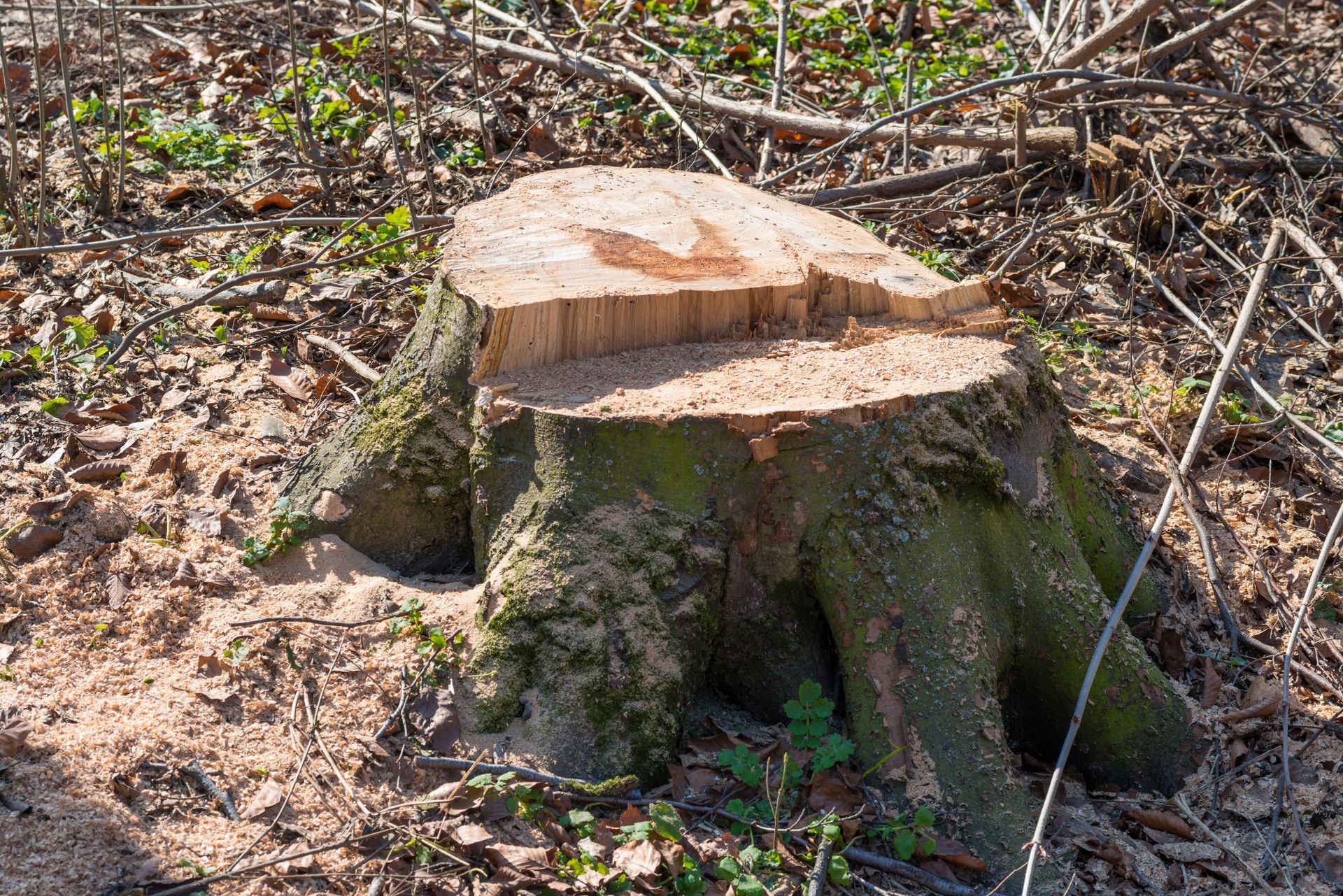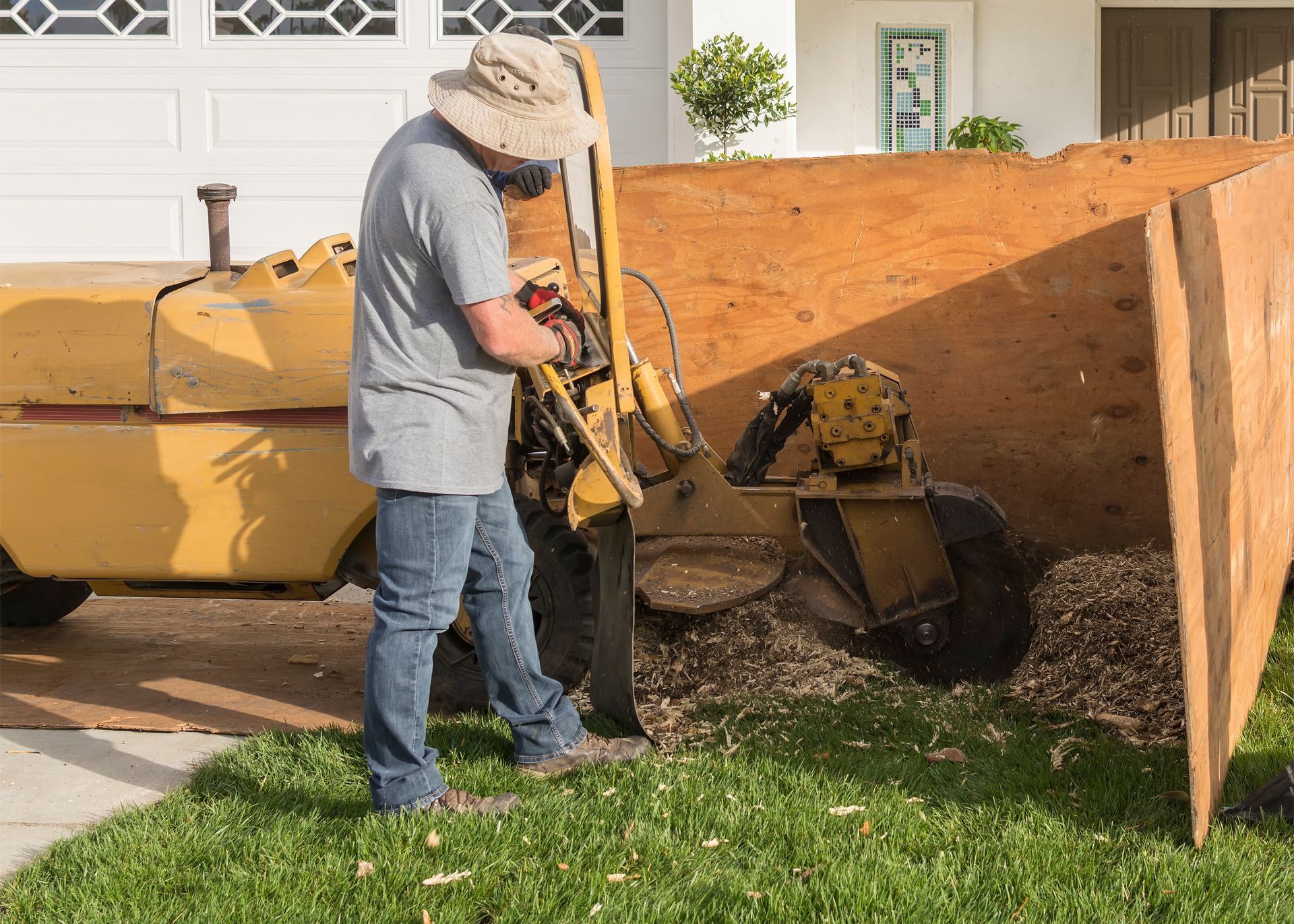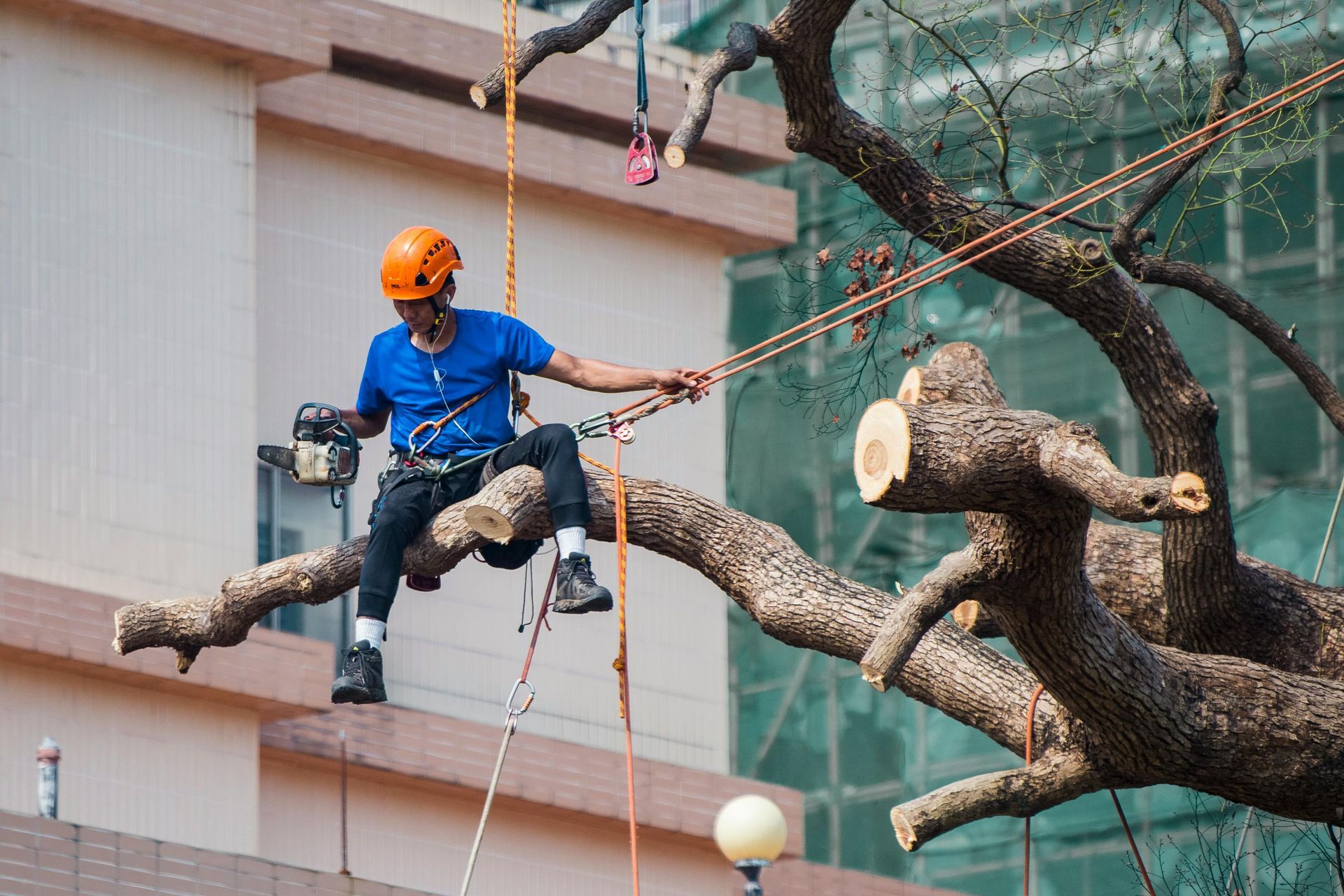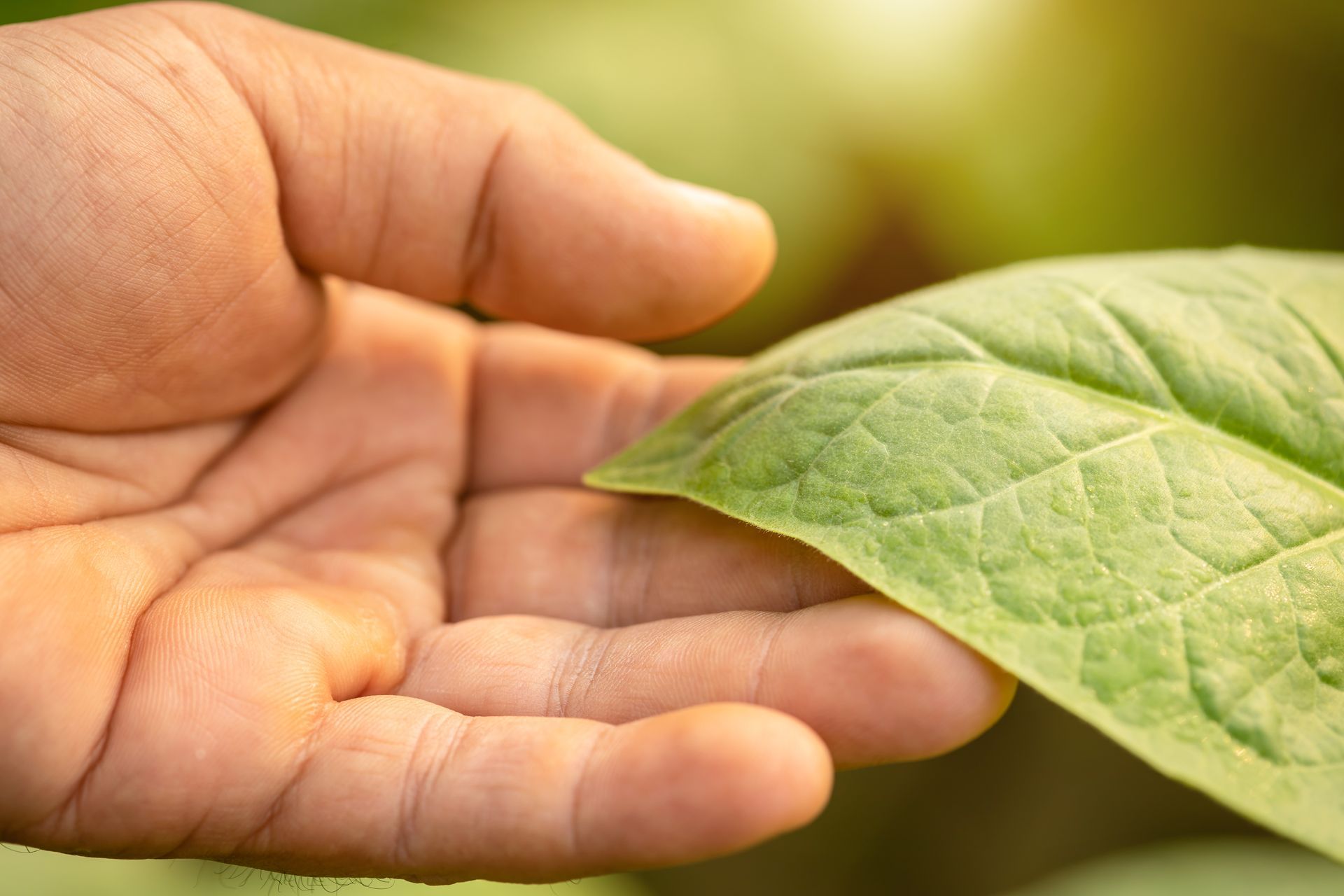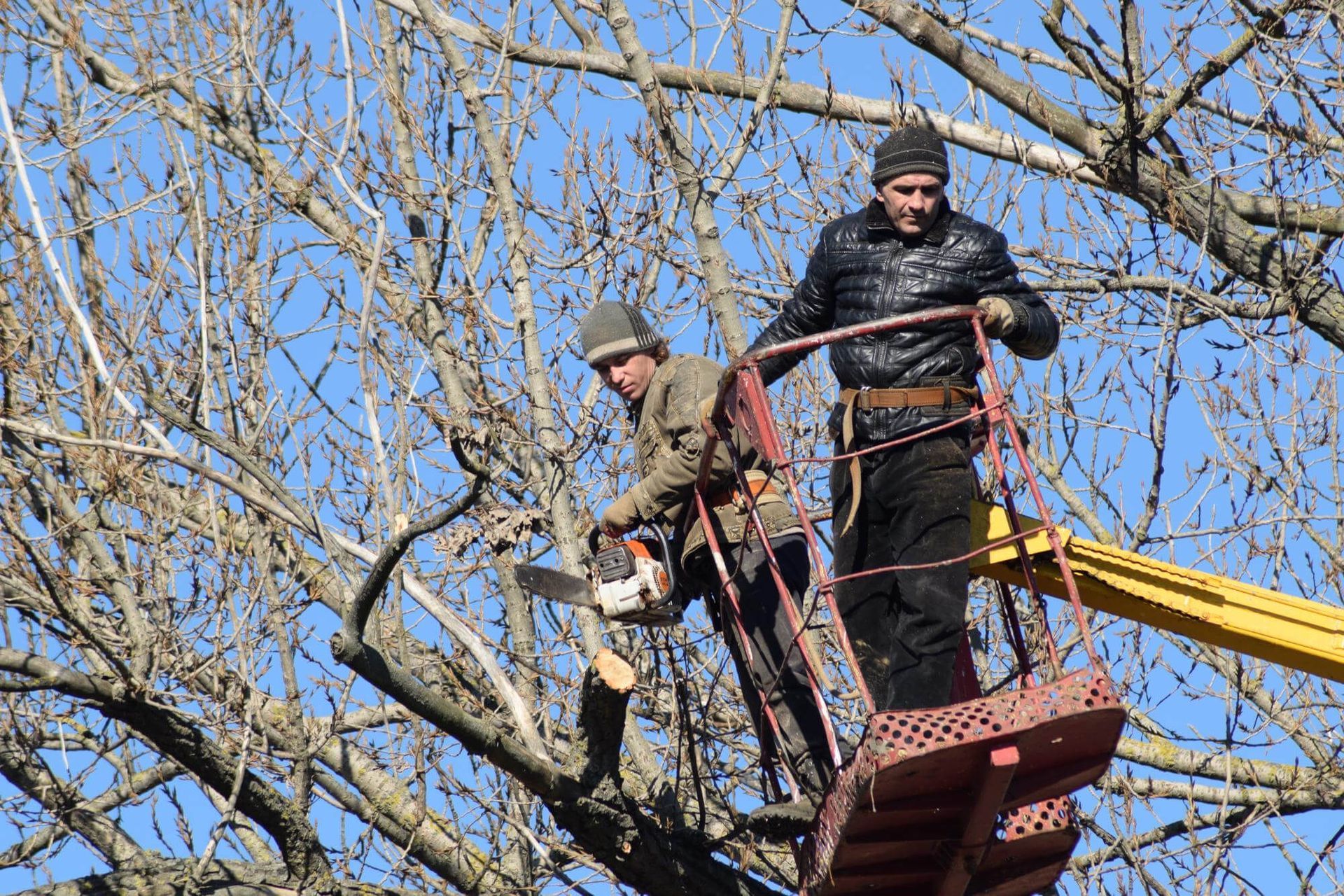Richis Tree Service, LLC
Why Are Tree Roots Left Behind After Removal, and Should They Be Removed?
Tree removal might seem like the end of the story when dealing with a hazardous or unwanted tree, but what happens to the roots? Often, when a tree is removed, its roots remain beneath the soil, leading homeowners to wonder why that happens and if those roots need to go as well. In this blog post, we’ll dig into (pun intended) the reasons tree roots are left behind, whether they pose any risks, and if they should be removed.
At
Richis Tree Service, LLC, we’re not just tree removal pros—we’re also root experts! Keep reading to learn everything you need to know about leftover tree roots, and don’t miss the FAQ section at the end.
City skyline
Why Are Tree Roots Left Behind After Tree Removal?
Removing a tree is a big job, but it's only half of the equation. Once the trunk is cut down, homeowners are often left wondering: “What about the roots?” There are several reasons why tree roots typically remain after a tree is removed.
1. Cost and Time Efficiency
Simply put, removing the entire root system is often unnecessary, time-consuming, and expensive. Trees, especially large ones, have extensive root systems that can spread wide and deep beneath the surface. For most homeowners, it's not practical to dig up their entire yard to remove the roots. Stump grinding is typically the solution for above-ground remnants, but the roots are left to naturally decompose underground.
2. Environmental Impact
Another reason roots are left behind is that, in most cases, they do no harm. When left in the ground, roots naturally decompose over time, enriching the soil with organic matter. This can be beneficial for your lawn and garden, promoting healthy soil conditions. In a way, those roots continue to serve a purpose even after the tree is gone!
3. Structural Safety
Digging up tree roots can sometimes cause more harm than good. If a tree’s root system is near important structures like your home’s foundation, underground pipes, or walkways, trying to remove the roots can destabilize the surrounding ground. This may lead to costly repairs or damage. In these cases, it's often safer to let the roots naturally decay rather than risk the integrity of your property.
Should Tree Roots Be Removed?
While tree roots are often left behind, there are certain scenarios where removal might be necessary. Let’s break down some situations when those roots need to go.
1. Potential for New Growth
In some cases, particularly with certain species of trees, the roots can continue to grow even after the tree has been cut down. This can lead to new sprouts or “suckers” popping up in your yard. If you’ve already paid for tree removal, the last thing you want is the tree making an unexpected comeback! In these cases, root removal may be necessary to stop regrowth for good.
2. Invasive Root Systems
Some tree species have particularly aggressive root systems that can continue to spread and potentially damage underground utilities, driveways, or foundations. If you're dealing with an invasive species or if you’re noticing cracks in your concrete from leftover roots, removal is recommended.
3. Landscaping Plans
If you’re planning a major landscaping project, leftover tree roots can get in the way. Whether you’re installing a new garden bed, building a patio, or adding an underground sprinkler system, you’ll need to deal with the roots before moving forward. In such cases, removing the roots is essential to ensure your new landscaping goes off without a hitch.
What Happens If Tree Roots Are Left to Decay?
Leaving tree roots behind may sound like a hassle, but what actually happens to them over time? As mentioned earlier, roots naturally decompose, but there are a few important things to keep in mind if you decide to leave them be.
1. The Decay Process
Tree roots take a while to decompose—typically several years. The timeline depends on the type of tree, soil conditions, and weather. During this period, the roots gradually break down and release nutrients back into the soil. While this process is slow, it's generally harmless and might even benefit your yard’s overall health.
2. Potential for Sinkholes
In rare cases, the ground above decomposing roots can settle unevenly, leading to depressions or small sinkholes. While this is usually not a major issue, it’s something to be aware of if the tree was particularly large or the roots were spread close to the surface. Keeping an eye on the area where the tree was removed will help you spot any signs of uneven settling.
3. Attracting Pests
Decomposing roots may attract insects like termites or carpenter ants. While this isn’t a huge concern for all homeowners, it can be problematic if the tree was located near your home or other wooden structures. If you live in an area with a lot of termite activity, you may want to consider root removal or at least monitor the situation closely.
How to Remove Tree Roots Safely
If you’ve decided that removing tree roots is the right choice for your situation, it’s important to do so carefully to avoid damaging your property. Here are some common methods for safe tree root removal:
- Manual Removal: This involves digging up the roots using hand tools. It’s a slow and labor-intensive process, but it's ideal for small roots and confined spaces.
- Chemical Removal: Tree root killers can be applied to accelerate the decomposition process. Be sure to use products that are environmentally friendly and won’t harm surrounding plants.
- Mechanical Removal: For large or deep root systems, a professional service can use heavy equipment to grind or excavate the roots. This is the most efficient method, though it’s often more costly.
Remember, if your tree was located near utilities or structures, it’s essential to consult a professional before attempting root removal on your own.
The Benefits of Stump Grinding Over Root Removal
If you’re wondering whether stump grinding is a better alternative to full root removal, the answer is usually yes! Stump grinding focuses on the visible part of the stump, allowing you to regain space in your yard without the hassle of digging up roots. Here’s why stump grinding might be the best option for most homeowners:
- Faster and more cost-effective
- Doesn’t disturb your yard’s underground infrastructure
- Leaves roots to naturally decay, which benefits the soil
Stump grinding is a practical solution that balances aesthetics, cost, and long-term soil health, making it the go-to choice for many property owners.
Contact Richis Tree Service, LLC for Professional Tree Removal in Centennial, CO
Need help with tree removal or root issues? Look no further! At Richis Tree Service, LLC, we provide expert tree removal services in Centennial, CO, and the surrounding areas. Whether you’re dealing with stubborn roots, unsightly stumps, or hazardous trees, our professional team has the skills and equipment to get the job done efficiently and safely.
Don’t let leftover tree roots be a headache! Call us at (720) 987-5606 to schedule an appointment or get a free estimate. We’re here to take care of your tree removal needs so you can enjoy a safer, more beautiful landscape.
We also offer additional services including
tree trimming,
stump grinding, and
fertilization, ensuring that your yard remains healthy and well-maintained year-round.
FAQs
